15 Body Language Secrets of Cats - A Must for Newbies
 June 4, 2023
June 4, 2023
Cats are fascinating creatures with complex behaviors and communication systems. They exhibit a diversity of intriguing and often misinterpreted gestures, facial expressions and postures. These sophisticated signals provide insights into feline emotions, desires and overall well-being. So, for anyone new to sharing their space with a feline companion, here are fifteen essential body language secrets of cats.
![]() Tail Position:
Tail Position:
Cats use their tail to express an array of emotions. A high, rigid tail usually signifies contentment, whereas a low or tucked tail can ![]() signal fear or submission. Furthermore, an erect tail with a curved tip, similar to a question mark, typically indicates curiosity or playfulness.
signal fear or submission. Furthermore, an erect tail with a curved tip, similar to a question mark, typically indicates curiosity or playfulness.
![]() Purring:
Purring:
Purring is a universal sign of feline happiness. Cats purr not only when they are content, but also when seeking comfort or healing. It’s a reassuring indication that your cat feels safe and relaxed in your presence.
![]() Belly Exposure:
Belly Exposure:
A cat lying on its back, exposing its belly, is usually a sign of trust and submissiveness, conveying a sense of safety in the owner’s presence. However, it’s not always an invitation for a bell rub as it can also mean they are ready for a defensive attack.
![]() Ear movements:
Ear movements:
The position and movement of a cat’s ears provide valuable insights into their mood. Ears pointed forward display attentiveness and curiosity, while ears flattened against the head suggest fear or aggression. If your cat’s ears are twitching, it may be a sign of irritation or alertness.
![]() Blinking and Slow Eye Blinking:
Blinking and Slow Eye Blinking:
Cats use their eyes to communicate trust and affection. Slow blinking, known as “cat kisses,” indicates relaxation and contentment. When your cat blinks at you, try reciprocating with a slow blink to strengthen the bond between you.
![]() Kneading:
Kneading:
Kneading is a behavior cats exhibit by rhythmically pushing their paws against a soft surface. This action stems from kittenhood when they would knead their mother’s belly to stimulate milk production. It typically signifies contentment and a sense of comfort.
![]() Arched Back:
Arched Back:
An arched back, with fur standing on end, is a clear indication that a cat is feeling threatened or scared. This posture makes the cat appear larger and is often accompanied by hissing or growling. It’s best to give the cat space in such situations.
![]() Rubbing:
Rubbing:
When a cat rubs against your legs or furniture, it is marking its territory and expressing affection. This behavior leaves behind scent glands located on their face, tail, and paws, which serve as a form of communication among cats.
![]() Scratching:
Scratching:
Cats scratch surfaces not only to maintain their claws but also to mark their territory visually and through scent. Providing appropriate scratching posts can redirect this behavior, preventing damage to furniture and enabling your cat to express their natural instincts.
![]() Tail Flicking:
Tail Flicking:
A flicking tail indicates that your cat is focused on something or feeling slightly agitated. It may be a signal to give them space or observe their surroundings for potential threats. A rapid, twitching tail, however, suggests heightened excitement or irritation.
![]() Elevation:
Elevation:
Cats enjoy perching in high places, as it provides them with a sense of security and a vantage point to observe their surroundings. If your cat climbs to elevated surfaces such as bookshelves or countertops, it signifies their need for privacy and a safe retreat.
![]() Hissing and Growling:
Hissing and Growling:
When confronted with a threatening situation, cats hiss and growl to intimidate their perceived aggressor. This defensive behavior is accompanied by flattened ears, an arched back, and bared teeth. It is crucial to respect their boundaries during such instances.
![]() Vocalizations:
Vocalizations:
Cats communicate vocally through meows, purrs, hisses, and chirps. Each sound carries its own meaning, such as hunger, playfulness, or distress. Pay attention to the tone, pitch, and duration of the vocalizations to better understand your cat’s needs and desires.
![]() Nose Touching:
Nose Touching:
Brief nose-to-nose touching is a friendly greeting between cats, and can be perceived similarly directed towards humans.
![]() Stretching:
Stretching:
When a cat stretches in front of you, it usually signifies comfort and content. This behavior also serves as a way for cats to encourage interaction.
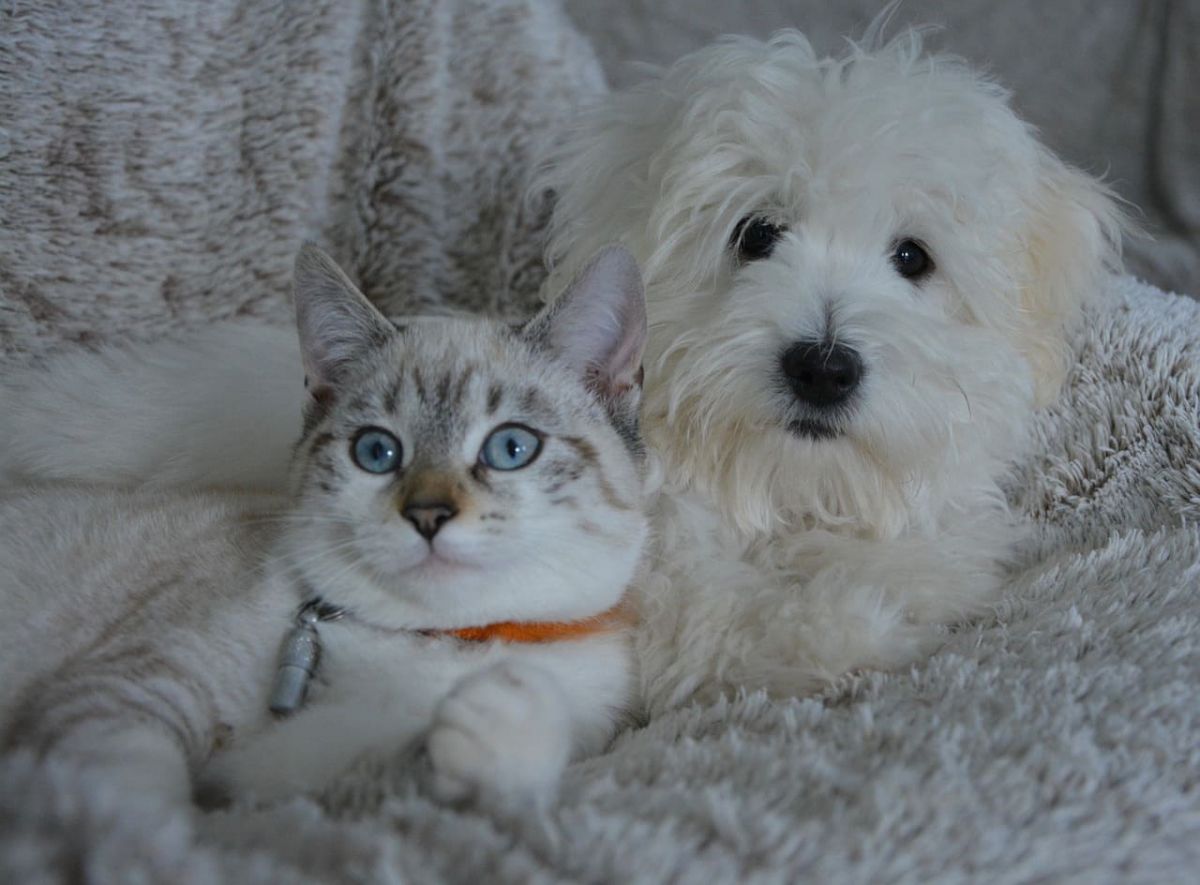
An Authoritative Glimpse into the World’s Top Ten Most Popular Categories of Pets

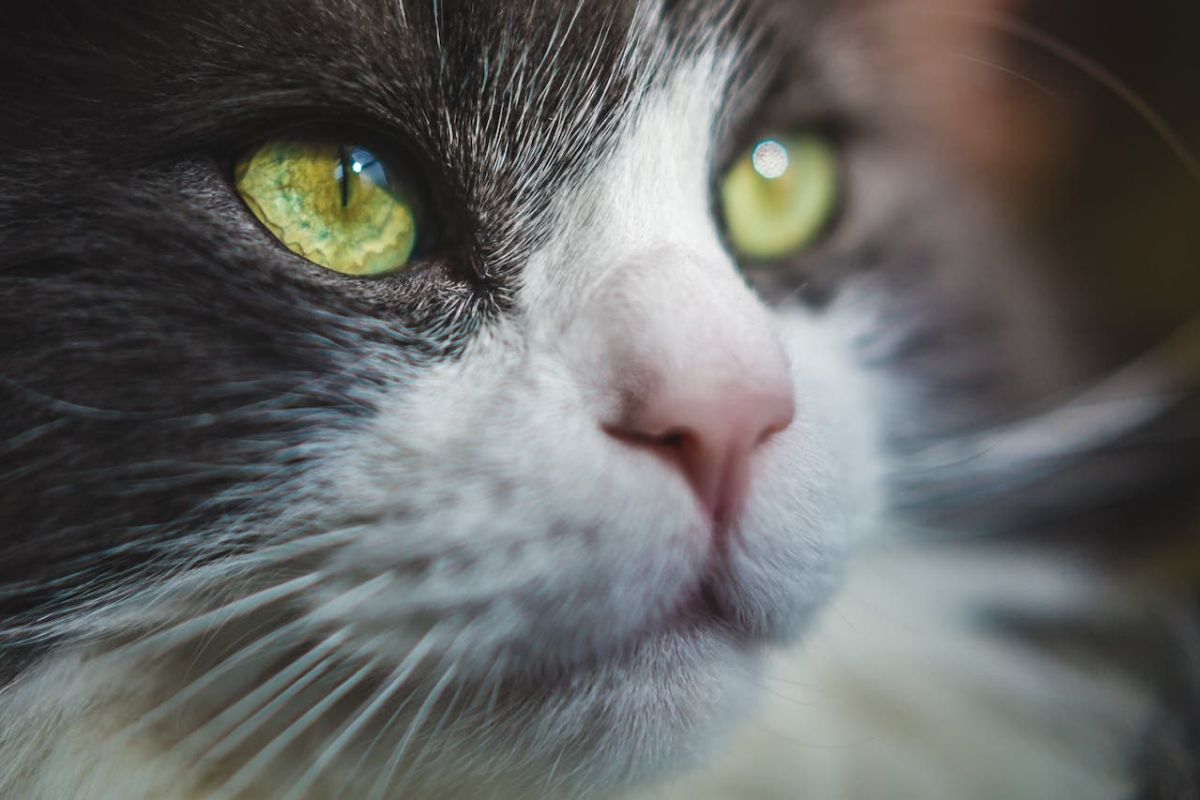
Why Do Cats Squirm Before Pouncing

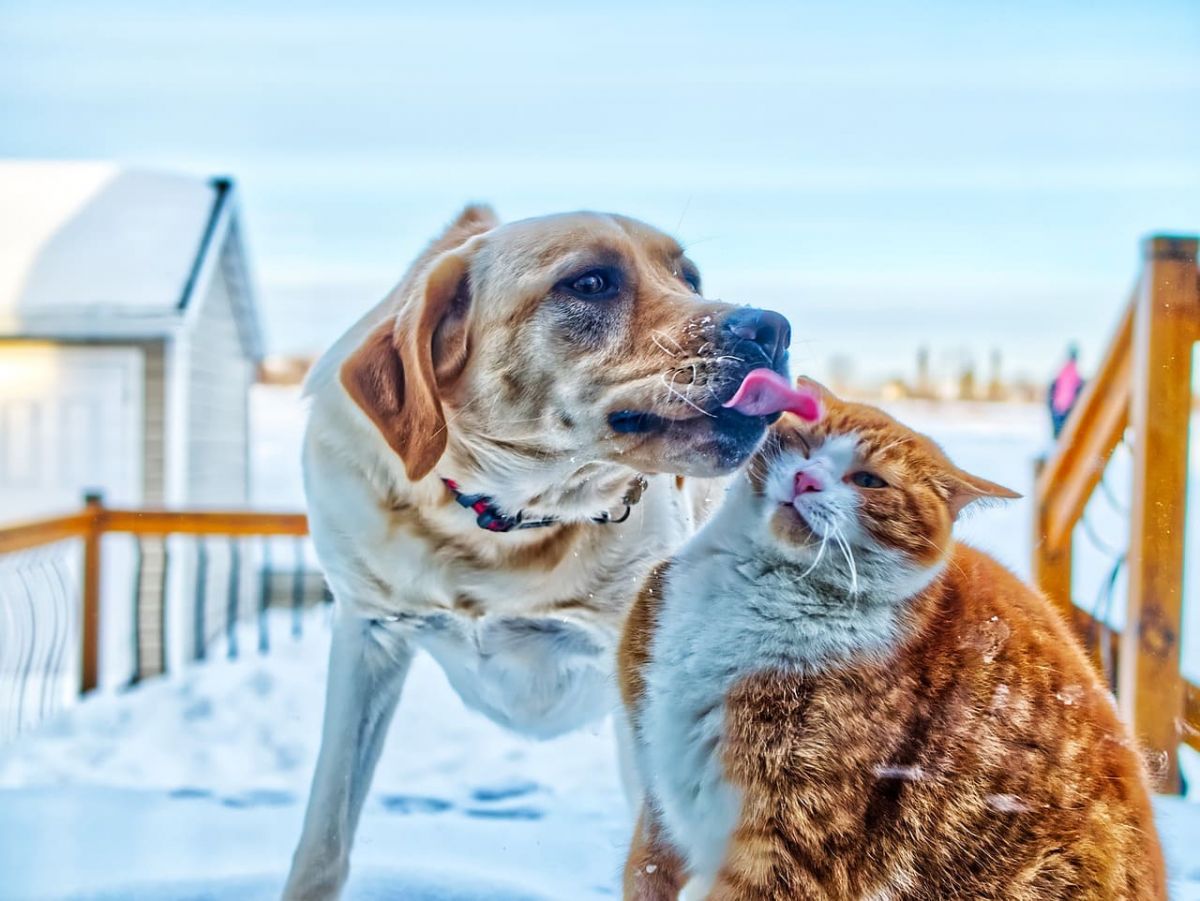
True Heartwarming Stories: The Unbreakable Bond Between Animals and Humans

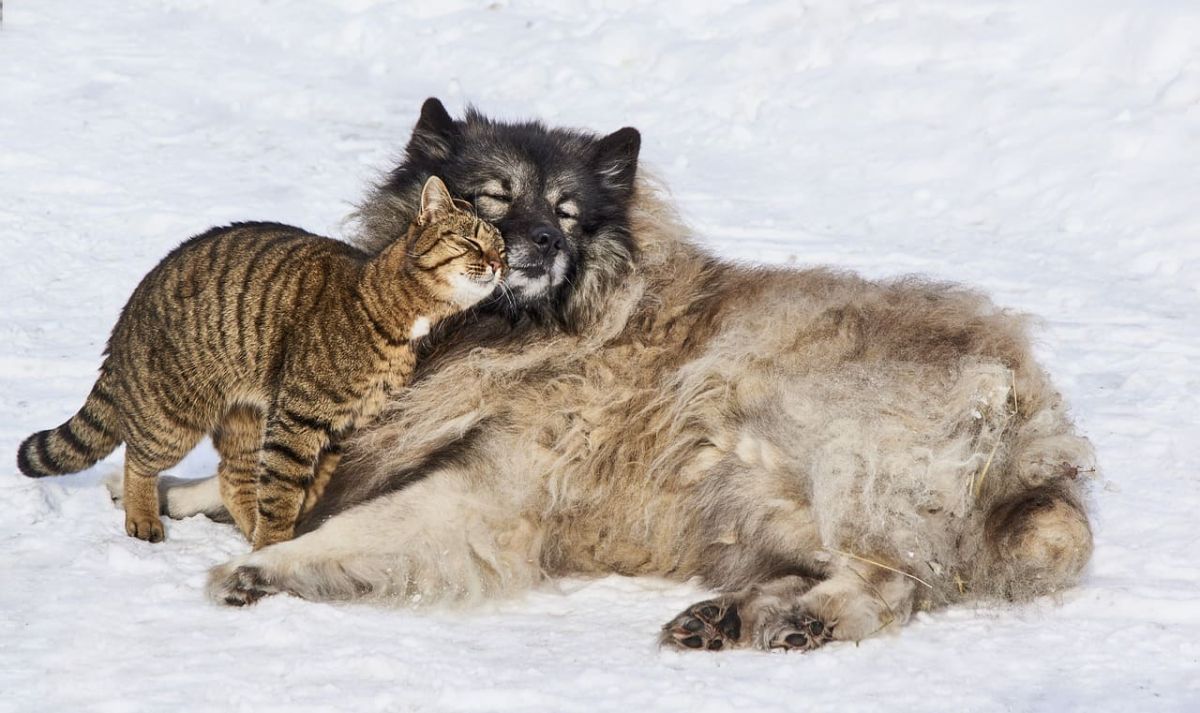
Pets’ Interesting News and Anecdotes


Owning a Pet May Help Maintain Mental Health When We’re Over 65

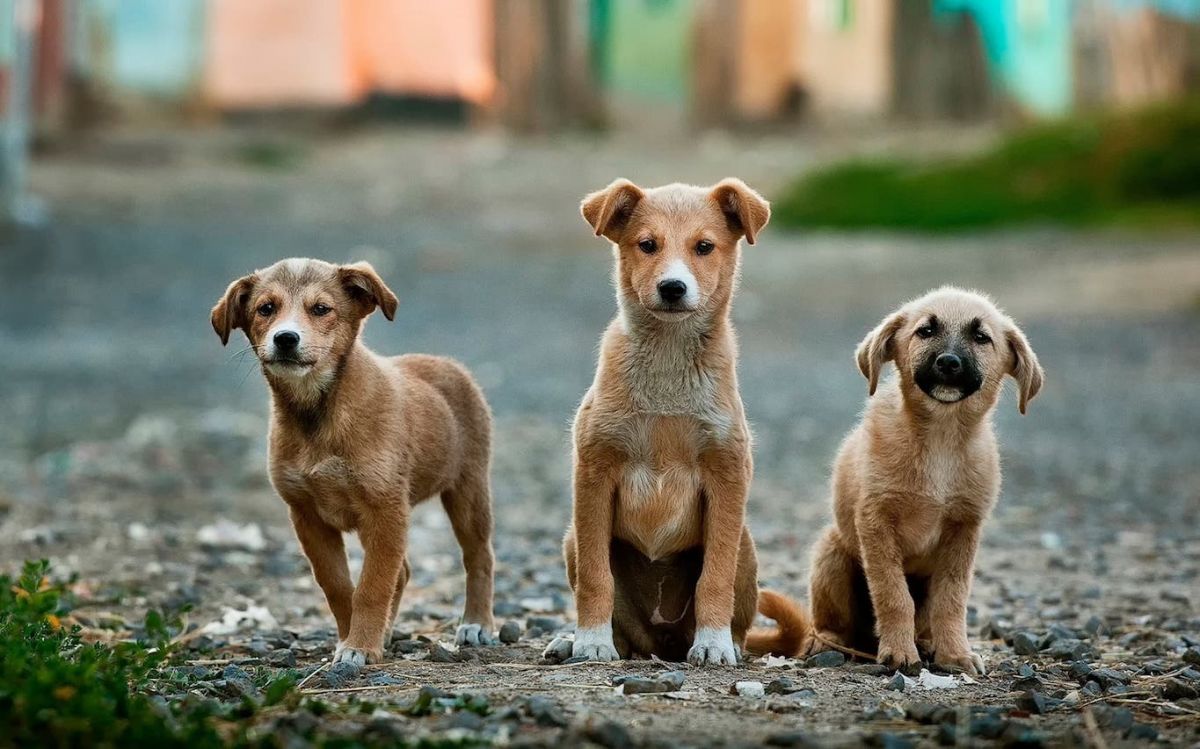
Pet IQ Test: Explore Your Pet's Intelligence and Potential

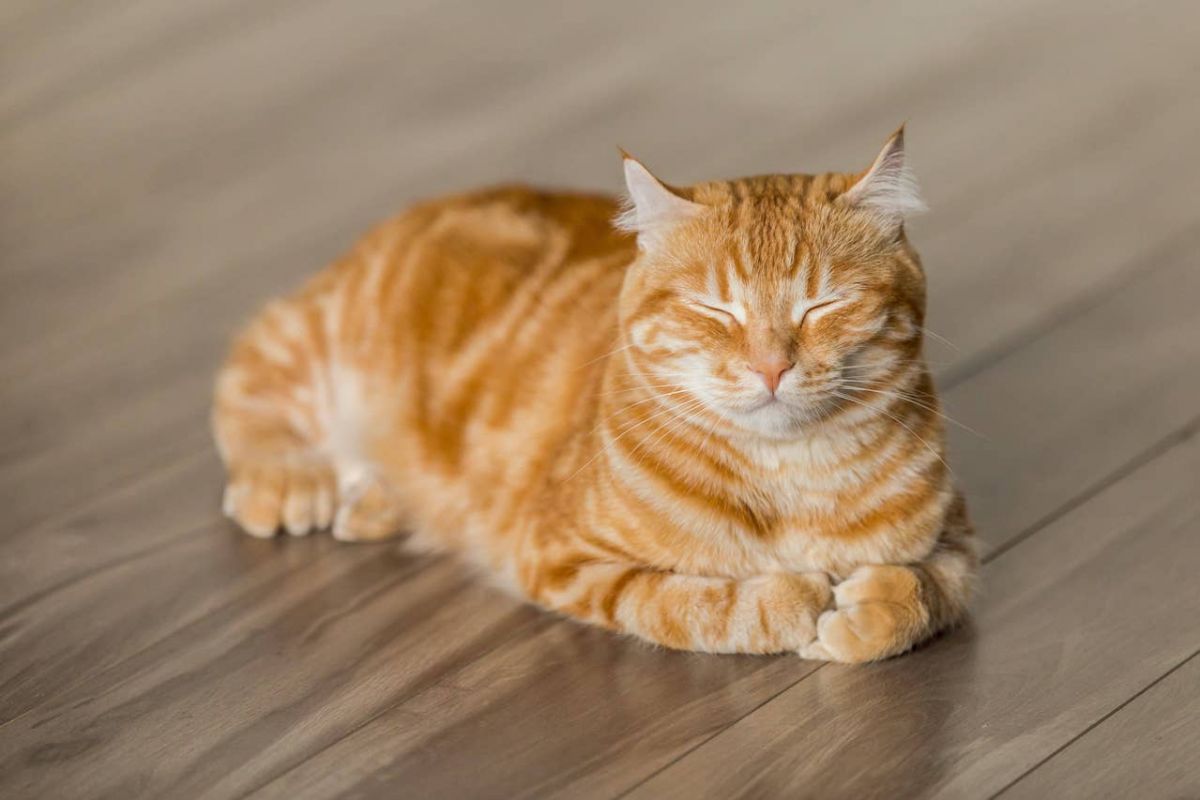
Pet Insurance: A Must for Comprehensive Pet Protection

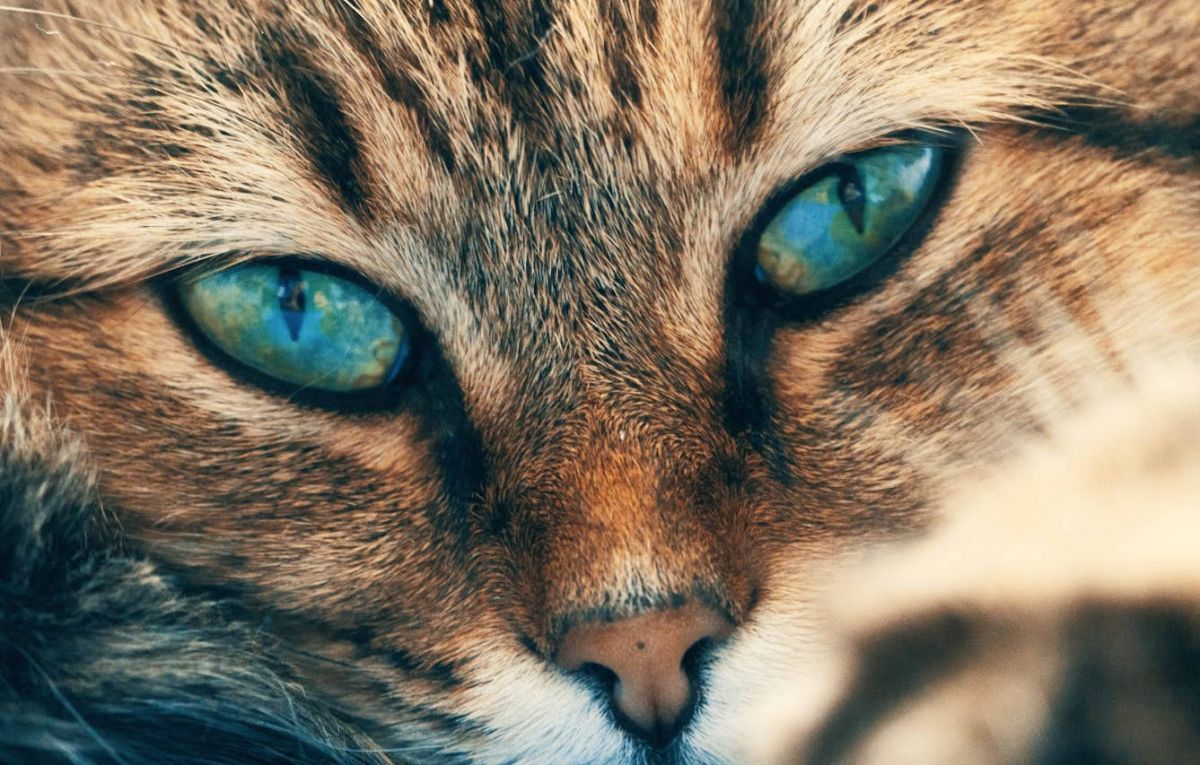
Instruction to PetSmart















